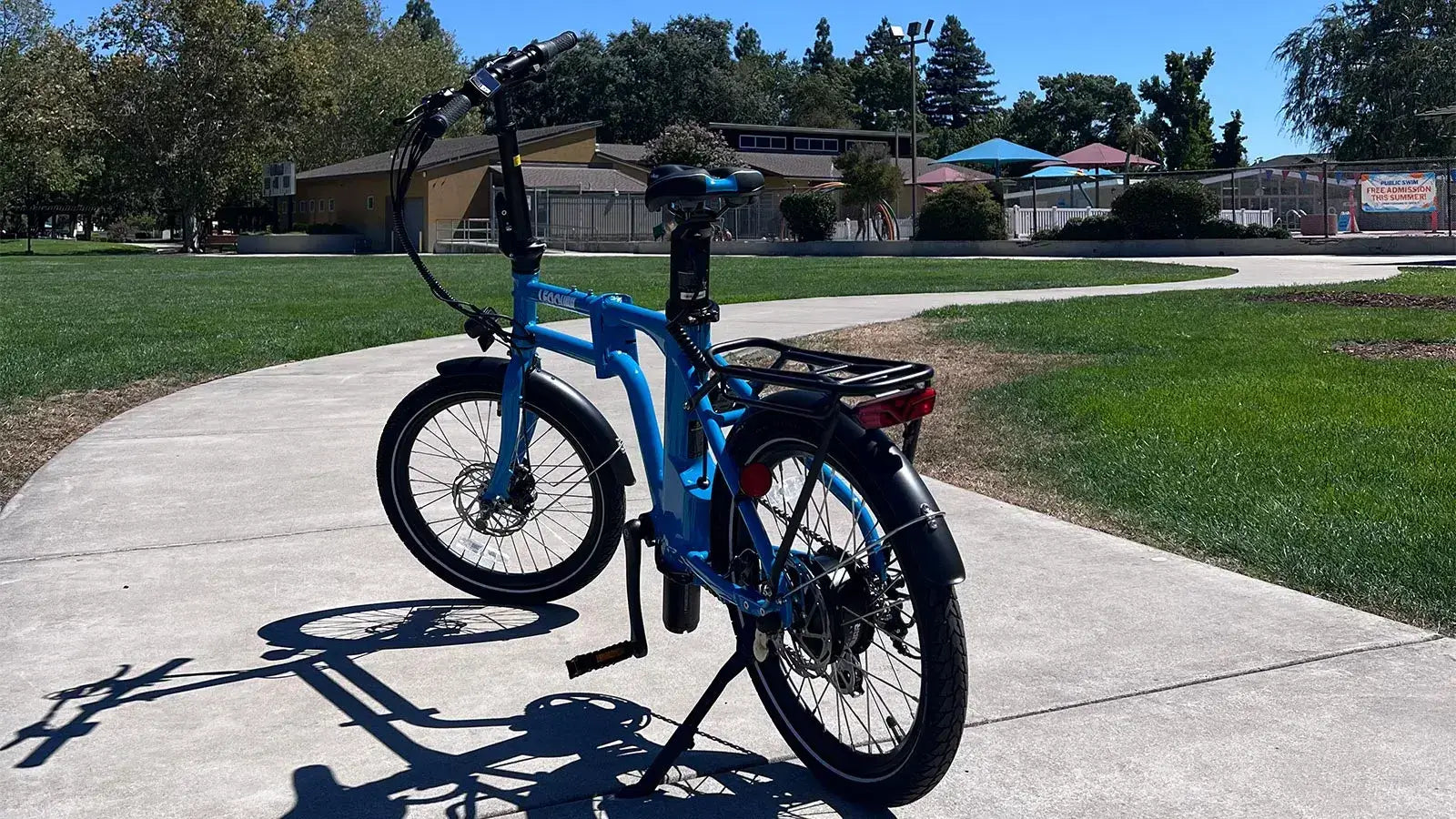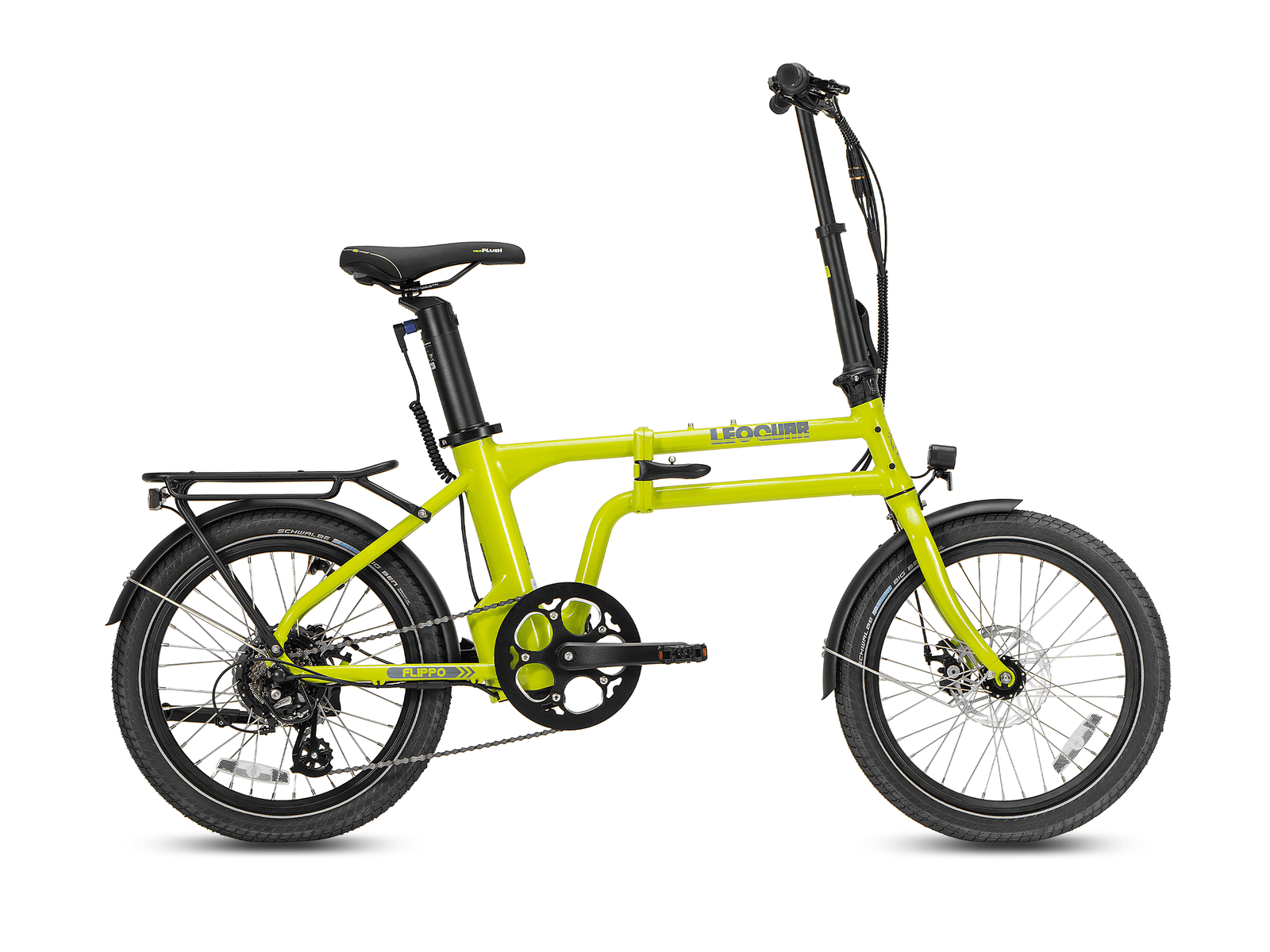
Pink Bikes vs Blue: What Your Bike Color Says About You
Does Your Bike Color Matter?
Think about the last bike that truly caught your eye. Was it the sleek frame shape, the high-end parts, or was it simply the color? While we focus on performance numbers, the color of our bike is a powerful way to express ourselves. It says a lot about cycling culture, who we are, and current design trends.
This is especially true when we compare two different styles: the bold statement of a pink bike versus the classic look of a blue bike. In this guide, we'll look beyond basic looks to explore what your color choice reveals about you and cycling. We will examine the psychology, culture, and practical reasons behind these important colors.
The Psychology of a Palette
Before we look at the bikes themselves, it's important to understand the messages these colors send. Decades of color psychology research show that colors create specific emotional responses. Designers and brands use this fact every day.
The Spectrum of Pink
Pink is a color with interesting contrasts. On one hand, softer shades are often linked to feelings of playfulness, joy, and kindness. However, as the brightness increases, the meaning changes completely. Vibrant, hot pinks signal a totally different message.
According to the psychological effects of the color pink, these bolder shades are linked to:
- Confidence and boldness
- High energy and excitement
- Rebellion and going against the norm
- A vibrant, attention-getting presence
In the context of a high-performance machine like a bicycle, this energetic and rebellious side of pink often takes center stage.

The Trust in Blue
Blue is one of the most loved colors worldwide, and for good reason. It is strongly linked to stability, trust, and calm. From company logos to emergency services, blue is used to show dependability and calm skill.
Studies show that blue can create a sense of calm and order, making it a natural fit for products where reliability matters. In cycling, this means a bike that feels:
- Classic and timeless
- Dependable and trustworthy
- Calm and focused
- Well-made and engineered
A blue bike doesn't need to shout; its presence is one of quiet, confident ability.
The Rise of the Pink Bike
For years, pink bikes were often put in children's sections or models made for women only. That era is completely over. Today, a pink bike in the race group, at the trail start, or on a city street shows confidence, individuality, and surprisingly to some, elite performance.
Breaking Gender Norms
The link between pink and femininity is a recent, 20th-century marketing creation. Historically, the lines were not so clear, and in some cultures, pink was seen as a smaller version of the powerful color red, making it suitable for boys. You can read more on how pink and blue became associated with gender.
Nowhere is this change more clear than in professional men's road cycling. The leader of the famous Giro d'Italia, one of cycling's three Grand Tours, wears the maglia rosa—the pink jersey. For over a century, this has made pink the color of the toughest rider, the champion, and the man to beat. This has made pink's status as a color of pure athletic achievement clear.
A Canvas for Identity
For many serious cyclists, a pink bike isn't a store purchase; it's a deliberate act of creation. The custom paint scene has embraced pink as a top choice for riders who want their machine to be a unique piece of art. It's a statement that the bike is more than just a tool—it's an extension of their personality.
As detailed in features on how custom-painted bikes are the ultimate canvas, a flash of magenta or a full bright pink frame transforms a bike into a personal statement. It's a choice to stand out from the sea of black, white, and blue frames.
"A custom pink bike says, 'I'm here, and I'm fast.' It's a color that combines confidence with a touch of punk rock. It never gets lost in the pack." - Veteran Bike Painter
The "Barbiecore" Effect
We can't ignore the influence of pop culture. Recent trends, most notably the "Barbiecore" look, have pushed bold pink into the mainstream, further removing it from outdated ideas. This has made vibrant pink a fashionable, celebrated choice, giving more riders the confidence to embrace a color that was once considered specialty.
The Blue Bike Story
While pink represents a bold rebellion, the blue bike tells a story of flexibility and lasting trust. It is the quiet workhorse of the cycling world, a color that has remained popular across all types and groups for decades without needing to change itself.
A "Go-To" Choice
A quick look at the world's top bicycle makers, including industry giants like Specialized, Trek, and Giant, confirms blue's status as a business staple. Across their mountain, road, and hybrid bike lineups, you will consistently find multiple shades of blue offered for all riders. This isn't an accident. Blue has a broad, reliable market appeal that makes it a safe and smart choice for large-scale production. It's less divisive than pink and appeals to a wider range of buyer tastes.
Blue for All
The true strength of blue lies in its incredible range. A light, airy sky blue on a commuter bike can create a sense of casual, carefree riding. A deep, metallic navy on a carbon racing bike can signal cutting-edge technology and serious intent. A bright, electric blue on a mountain bike can feel energetic and ready for the trail. This flexibility makes blue a truly universal palette. It's the universal default for a reason: there is a shade of blue for every rider and every type of ride.
A Head-to-Head Comparison
To help you decide, let's break down the practical and cultural differences in a direct comparison. This table summarizes the key factors that distinguish a pink bike from a blue one in today's market.
| Factor | Pink Bike | Blue Bike |
|---|---|---|
| Common Perception | Bold, expressive, artistic, niche, confident. | Classic, reliable, safe, professional, versatile. |
| Rider Profile | The individualist, the custom-build enthusiast, the racer wanting to stand out, the artist. | The practical enthusiast, the new rider, the traditionalist, the rider valuing versatility. |
| Market Availability | Less common in standard stock models. Common in custom builds, special editions, and some youth bikes. | Everywhere. Widely available across all major brands, bike types, and price points. |
| Resale Value | More unpredictable. Can be lower for mass-market bikes due to niche appeal. However, high-end custom pink bikes may keep or increase in value due to their uniqueness. The pool of buyers is smaller but often more passionate. | Generally strong and stable. A blue bike is an easier sell on the second-hand market, appealing to a wider audience. It's a safer bet on platforms like Bicycle Blue Book. |
| Customization Potential | Extremely high. Often chosen as the centerpiece of a custom look. Pairs well with black, white, or chrome components. | Very high. Acts as a flexible and classic base that works well with a wide range of accent colors like orange, red, or silver. |
| Pro-Cycling Credibility | High. Forever linked to the leader's maglia rosa at the Giro d'Italia, a symbol of ultimate victory and endurance. | High. A staple color for professional teams for decades, associated with legendary teams and classic designs. |
This breakdown shows that neither color is naturally better; they simply serve different purposes for different riders. Your choice depends on what you value most: personal expression or classic appeal, standing out or fitting in.

Which Color Is for You?
With the psychology and market realities clear, the choice becomes more personal. Which profile matches your identity as a rider?
Choose a Pink Bike If...
- You want your bike to be a conversation starter and a reflection of your bold personality.
- You focus on unique personal expression over following mainstream trends.
- You are ordering a custom-painted frame and want a truly standout color.
- You are inspired by the rebellious, high-performance energy of the Giro d'Italia.
- You see your bike as a piece of functional art and are less concerned with normal resale value.
Choose a Blue Bike If...
- You prefer a timeless, classic look that will never go out of style.
- You think about potentially selling the bike in the future and want to maximize its market appeal.
- You value flexibility and want a color that feels right in any setting, from a competitive race to a casual coffee run.
- You connect your ride with calm, stability, and dependable performance.
- You appreciate a color with a deep, traditional heritage in cycling history.
More Than Just a Hue
In the end, the debate between pink bikes and blue bikes isn't about which is better. It's about which color speaks to you, your journey, and your identity on two wheels. Color is the first thing you and others notice, and it sets the tone for every ride.
Pink has evolved into a powerful symbol of modern cycling: confident, inclusive, and boldly individual. Blue remains the foundation—a color of trust, tradition, and flexible performance that has earned its place as an eternal classic.
Whether you choose the rebellious energy of a pink frame or the steady reliability of a blue one, the most important thing is that the color inspires you. The best bike color is the one that makes you excited to get out the door and put power to the pedals.
Frequently Asked Questions
Q: Will a pink bike be harder to sell than a blue bike?
A: Generally yes, pink bikes may have a smaller resale market due to their niche appeal. However, high-end custom pink bikes can actually hold their value well because of their uniqueness. Blue bikes typically have broader market appeal and are easier to sell.
Q: Are pink bikes just a trend or are they here to stay?
A: Pink bikes have deep roots in cycling culture, especially through the Giro d'Italia's pink jersey tradition that dates back over a century. While trends like "Barbiecore" have made pink more popular recently, the color has lasting significance in professional cycling.
Q: Do bike colors affect performance in any way?
A: The color itself doesn't affect performance, but it can impact visibility and safety. Bright colors like vibrant pink or electric blue can make you more visible to drivers and other cyclists, which is a practical safety consideration.
Q: Which bike color is better for beginners?
A: Blue bikes are often recommended for beginners because they offer more versatility and broader appeal. They're widely available across all price points and won't limit your options when shopping for your first bike.
Q: Can I change my bike color later if I don't like it?
A: Yes, you can repaint your bike, but it's expensive and time-consuming. Professional bike painting can cost several hundred dollars. It's better to choose a color you truly love from the start, or consider bike wraps as a less permanent alternative.









































Leave a comment